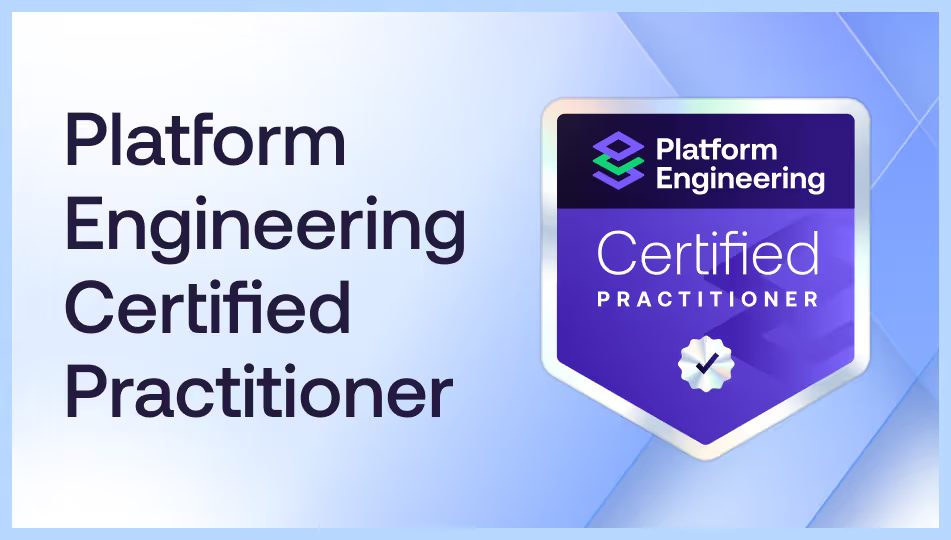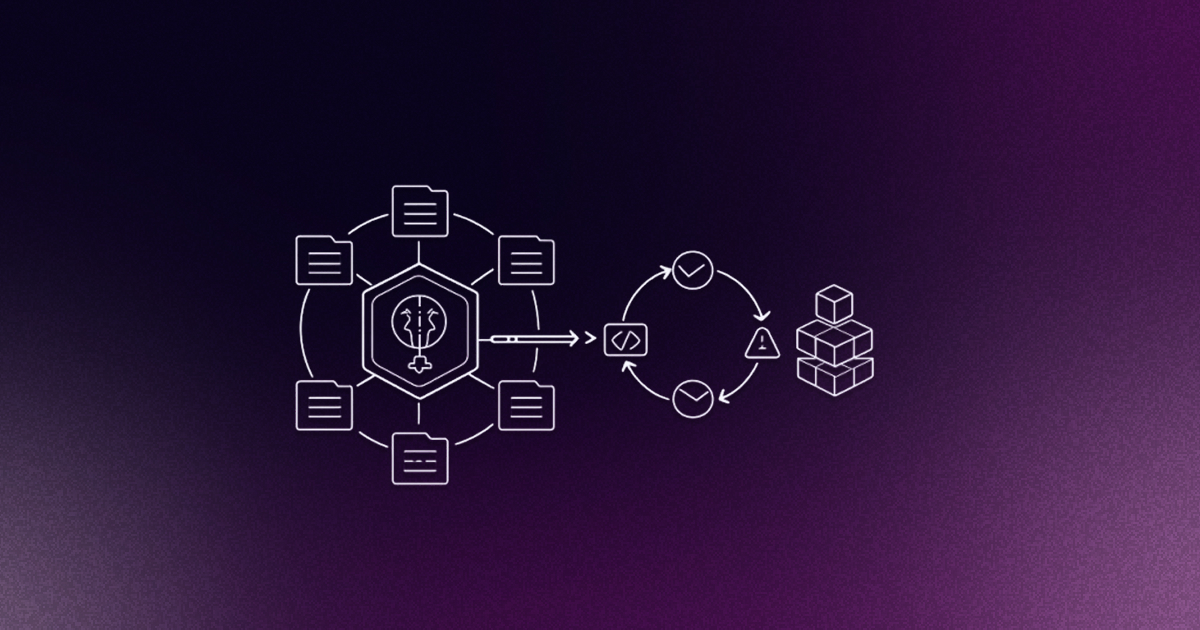You know the feeling. Headphones on, world tuned out. The code pours out almost effortlessly - elegant, functional, shipping. You're in that rare, immersive state of deep focus: “vibe coding.” Features materialize, and infrastructure provisions smoothly. It’s the pinnacle of developer productivity and satisfaction. But then… the red light. A deployment pipeline halts dead. A scan flags a Terraform module. An urgent Slack message: “Prod IAM policy violation! Ticket required.” The flow shatters. The vibe? Gone. Again.
Why does cloud infrastructure security still feel like sabotage? That awkward switch isn’t just a nuisance - it points to a deeper struggle in today’s platform engineering world. Infrastructure as Code (IaC) was supposed to be the answer: bringing automation, reliability, and safer operations at scale. But for many teams, it’s turning out differently. Instead of boosting productivity, IaC often creates new headaches, more friction, manual work, and constant disruptions, derailing momentum.
The promise vs. the pain point
IaC’s core value is undeniable. Defining infrastructure in code brings version control, repeatability, and the potential for rigorous validation. But somewhere along the journey, the implementation often diverges from the ideal. We layered on scanners, linters, compliance checks, and approval gates, all with the best intentions of security and stability. The unintended consequence? We risked building a bureaucratic maze around infrastructure deployment.
“Shift left” feels like “dump left”
Essential as they are, security and compliance checks often manifest as late-stage pipeline failures or mandatory tickets. This yanks developers out of flow, forcing context switches into complex, unfamiliar policy domains. What was meant to empower, becomes a blocker.
Alert fatigue & the crying wolf syndrome
Overly noisy scanners generate hundreds of low-priority or false-positive alerts, leading to fatigue. Critical issues blend into the noise, and risk escalates silently. Teams waste precious cycles triaging instead of building.
Tribal knowledge as policy
Defining “safe” or “compliant” configuration often relies on hard-won, tribal knowledge. This creates bottlenecks and inconsistencies, as teams are held hostage waiting for the one engineer who ‘knows how it works’, hindering both speed and safety.
Lifecycle neglect
We obsess over writing the IaC (Terraform, Pulumi, CloudFormation, etc.) but often neglect the entire lifecycle: how it’s validated, governed, updated, and monitored continuously beyond the initial application.
The core question: Can vibe coding coexist with zero-trust IaC?
This is the core dilemma platform teams are wrestling with today. Developers need uninterrupted focus to build and innovate. Meanwhile, the business demands secure, compliant, and reliable infrastructure. But the way things are now, it often feels like you have to pick one or the other: move fast or stay safe. Why are we still forced to choose between empowering engineers and enforcing policy?
The solution isn’t to throw out discipline; it’s to rethink how we apply it. The most forward-thinking platform teams are changing the game by working smarter, not just harder:
- Preventing mistakes, not catching them late: Teams are finding ways to spot misconfigurations earlier instead of relying on linters or scans after the fact. Ideally, while the code is being written, not once it’s already in the pipeline.
- Automating enforcement, not blocking innovation: Long ticket queues and manual approvals slow everyone down. Modern teams are replacing them with intelligent automation that enforces policies as code, consistently, quietly, and without stopping developers in their tracks. Think lane assist, not brick wall.
- Prioritizing signal over noise: It’s not about flagging everything, it’s about flagging the right things. Smarter validation systems now weigh risk, context, and impact to cut through the clutter and highlight what truly needs attention.
- Fixing issues instantly, not filing tickets: Identifying an issue is just the first step. Now, teams are going further: auto-generating safe, compliant fixes for known misconfigs, sometimes even as ready-to-merge pull requests. No more breaking the flow just to handle the basics.
- Treating IaC like a real product, not just config: Writing, testing, and deploying Infrastructure as Code isn’t just a process: it’s a product that developers rely on. That means it deserves thoughtful design, streamlined UX, and a focus on reducing friction without compromising safety.
The path forward: Maturing your IaC practice
This evolution isn’t about a single tool; it’s a maturity journey for your IaC practice:
- Linting (The foundation): Enforcing basic style, syntax, and formatting. Necessary hygiene, but insufficient for safety.
- Static security scanning: Identifying known vulnerable patterns and misconfigurations in the code is a significant step up, but it is often noisy and lacks deeper context.
- Dynamic/context-aware validation: Understanding the runtime implications of the IaC within your specific cloud environment and organizational policies. This is where guardrails get smarter.
- Automated fixes built in: For well-understood, repeatable issues like missing tags or insecure defaults - the fix doesn’t need to wait. Developers get instant suggestions (or auto-applied changes) in their workflow, so small mistakes don’t become big problems.
- Ongoing policy confidence: It’s not enough to check policies at deployment. Teams need to know their infrastructure stays in line over time, even as environments drift or rules evolve. Continuous checks ensure what’s running matches what’s expected, every step of the way.
Reconciling the paradox
Preserving the developer “vibe” doesn’t mean sacrificing safety. It means baking safety into the flow so deeply that developers barely notice it. It means transforming IaC governance from a source of friction and fear into an invisible, enabling force. It means developers can stay in their flow state, confident that the underlying infrastructure guardrails are actively working with them, not against them.
The goal is clear: Infrastructure that scales safely at the speed of business, where “vibe coding” and rigorous IaC practices aren’t opposing forces but complementary elements of a high-performing platform.
When safety becomes invisible, developers stay in flow - and the business moves faster. That’s not a paradox. That’s progress. Ready to break the cycle of tradeoffs between speed and safety?
Explore the practical strategies for evolving your IaC lifecycle - from smarter validation and automated remediation to implementing frictionless guardrails - in the upcoming webinar, Vibe code + Infrastructure as Code: is it even possible?.












